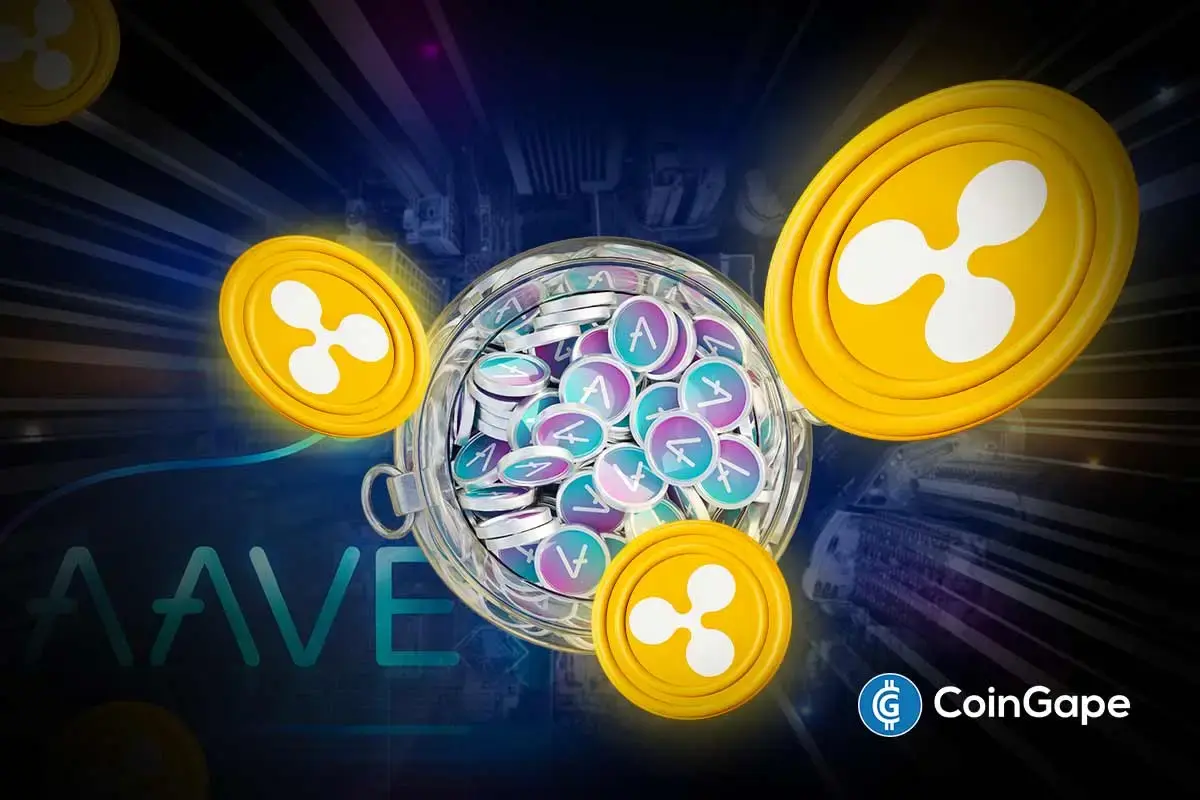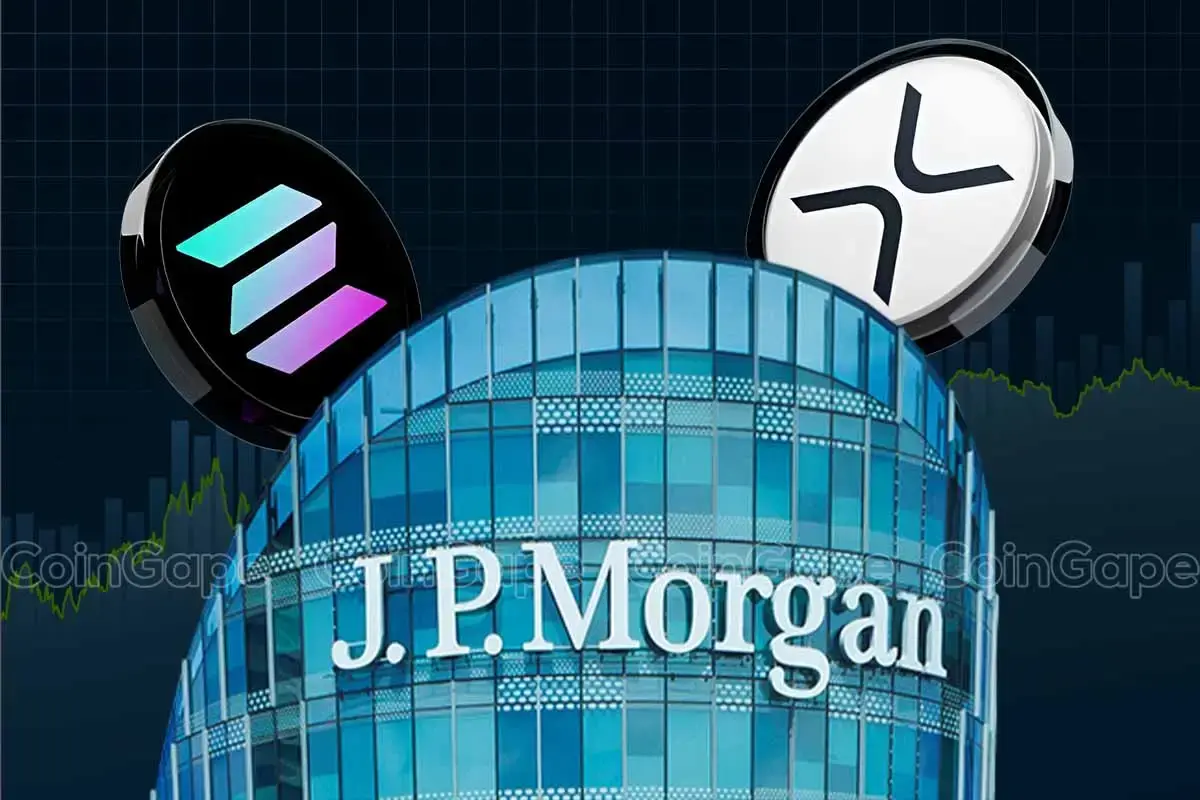Ripple’s RLUSD Launches on Aave’s Horizon RWA Market as Adoption Expands

Highlights
- Ripple integrates RLUSD with Aave’s Horizon RWA market to scale institutional DeFi.
- Aave and Ripple bridge tokenized real-world assets to the Horizon compliant lending platform.
- RLUSD, USDC, and GHO will all become collateral in the trillion-dollar tokenized asset market.
Ripple has gone one step further with its DeFi objectives following the inclusion of RLUSD into Aave’s Horizon. The move enables tokenized products to be used as collateral and allows liquidity to flow more efficiently across digital markets. Both firms presented the launch as a major step in bringing institutional-grade products into open finance.
Aave’s Horizon RWA Market Launches on Ethereum with Ripple’s RLUSD as Core Collateral
Aave announced that its Horizon Real World Asset (RWA) market is live on Ethereum, giving investors the chance to earn yield from institutional borrowers. It is designed to work with tokenized physical assets and can be of utility in decentralized finance applications.
Enabling a new era of efficiency for onchain finance.$RLUSD is a crucial piece of @Aave‘s Horizon platform, allowing tokenized products to be used as collateral and flow more efficiently across markets. https://t.co/KC0D8Wi4zp
— Ripple (@Ripple) August 27, 2025
Ripple emphasized that the RLUSD is the major component of this market reinforcing the significance of tokenized assets in daily transactions. After the assets are deposited, they are added to specific pools of RWA available to institutional borrowers. Notably, the platform enables liquidity providers to earn an interest, and RLUSD is among the other stablecoins such as USDC and GHO owned by Aave.
With the availability of RLUSD on this platform, firms now have the freedom to send funds with ease. Also, they will be doing so without disobeying onchain regulations. This offers an additional efficiency to the digital asset market. In addition, it follows the long-term ambitions of Ripple and the Aave lending ecosystem.
Aave noted that the design also supports the permissionless supply of stablecoins. Hence, this makes it possible to connect wider DeFi markets with traditional financial products.
This marks an important move, offering banks, funds, and institutions simpler access to DeFi markets, especially as the OCC permits bank stablecoin partnerships. Institutions are able to borrow and lend with tokenized real-world assets and retail investors obtain indirect exposure via liquidity pools.
Ripple and Aave Target Trillion-Dollar Tokenized Asset Space
The collaboration represents the emerging convergence between traditional finance and decentralized protocols. RLUSD’s recent expansion into Japan, where $24 million was minted in a week, further illustrates this global push
Tokenized RWAs are predicted to be a key blockchain driver, forecasted to reach trillion-dollar valuations within years. By connecting RLUSD with an appropriate lending platform, Ripple hopes to ensure its stablecoin is a central link between the two markets.
The development shows that DeFi adoption is getting beyond pilots into real capital-ready systems. Both companies are seeking to be at the center of this change.
- U.S. CFTC Scraps Outdated Crypto Market Rules, Clearing Path for Modern Oversight
- Breaking: JPMorgan Issues Short-Term Bond on Solana as Institutions Move Markets On-Chain
- Breaking: 21Shares XRP ETF Launches as XRP Funds Extend Inflows Streak
- Are DATs Being Targeted? Strategy CEO Questions MSCI’s Proposed Exclusion From Global Indices
- Crypto Bill Talks Stall as Senate Democrats Push Back on Stablecoin Yield Provisions
- Ethereum price prediction following $57.6M ETF Inflows – What’s Coming?
- Here’s Why Solana Price Could Explode to $150 Soon
- XRP Price Hits Crucial Support as ETF Inflows and Top RLUSD Metrics Soar
- Dogecoin Price Set to Rebound to $0.20 After Symmetrical Triangle Breakout
- Cardano Price Dips 10% as Midnight Token Launch Turns Sour
- Bitcoin Price Holds $90k as Markets React to Fed Rate Cut: Will BTC Rally to $100k or Fall to $80k?

















